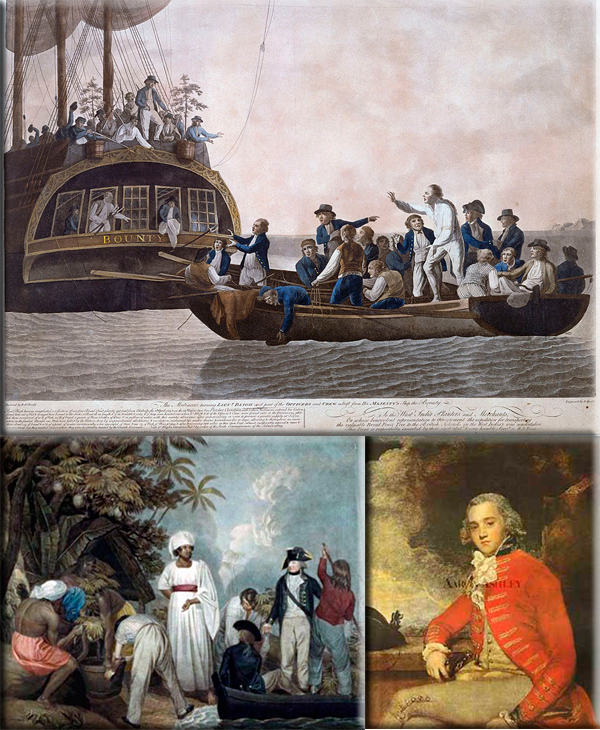
Mutiny on the HMS Bounty on April 28, 1789
Mutiny on the HMS Bounty: Three weeks into a journey from Tahiti to the West Indies, the HMS Bounty is seized in a mutiny led by Fletcher Christian, the master’s mate. Captain William Bligh and 18 of his loyal supporters were set adrift in a small, open boat, and the Bounty set course for Tubuai south of Tahiti.
In December 1787, the Bounty left England for Tahiti in the South Pacific, where it was to collect a cargo of breadfruit saplings to transport to the West Indies. There, the breadfruit would serve as food for slaves. After a 10-month journey, the Bounty arrived in Tahiti in October 1788 and remained there for more than five months. On Tahiti, the crew enjoyed an idyllic life, reveling in the comfortable climate, lush surroundings, and the famous hospitality of the Tahitians. Fletcher Christian fell in love with a Tahitian woman named Mauatua.
On April 4, 1789, the Bounty departed Tahiti with its store of breadfruit saplings. On April 28, near the island of Tonga, Christian and 25 petty officers and seamen seized the ship. Bligh, who eventually would fall prey to a total of three mutinies in his career, was an oppressive commander and insulted those under him. By setting him adrift in an overcrowded 23-foot-long boat in the middle of the Pacific, Christian and his conspirators had apparently handed him a death sentence. By remarkable seamanship, however, Bligh and his men reached Timor in the East Indies on June 14, 1789, after a voyage of about 3,600 miles. Bligh returned to England and soon sailed again to Tahiti, from where he successfully transported breadfruit trees to the West Indies.
Meanwhile, Christian and his men attempted to establish themselves on the island of Tubuai. Unsuccessful in their colonizing effort, the Bounty sailed north to Tahiti, and 16 crewmen decided to stay there, despite the risk of capture by British authorities. Christian and eight others, together with six Tahitian men, a dozen Tahitian women, and a child, decided to search the South Pacific for a safe haven. In January 1790, the Bounty settled on Pitcairn Island, an isolated and uninhabited volcanic island more than 1,000 miles east of Tahiti. The mutineers who remained on Tahiti were captured and taken back to England where three were hanged. A British ship searched for Christian and the others but did not find them.
In 1831, the Pitcairn islanders were resettled on Tahiti, but unsatisfied with life there they soon returned to their native island. In 1838, the Pitcairn Islands, which includes three nearby uninhabited islands, was incorporated into the British Empire. By 1855, Pitcairn’s population had grown to nearly 200, and the two-square-mile island could not sustain its residents. In 1856, the islanders were removed to Norfolk Island, a former penal colony nearly 4,000 miles to the west. However, less than two years later, 17 of the islanders returned to Pitcairn, followed by more families in 1864. Today, around 40 people live on Pitcairn Island, and all but a handful are descendants of the Bounty mutineers. About a thousand residents of Norfolk Island (half its population) trace their lineage from Fletcher Christian and the eight other Englishmen.
History Channel / Wikipedia / UMKC.edu / Film (1935) / Film 1962 / Film 1972
Wikipedia Image: The mutineers turning Bligh and some of the officers and crew adrift from His Majesty's Ship Bounty, 29 April 1789. (By Robert Dodd). / Bligh transplanting breadfruit trees from Tahiti / William Bligh / Fletcher Christian / Mauatua.
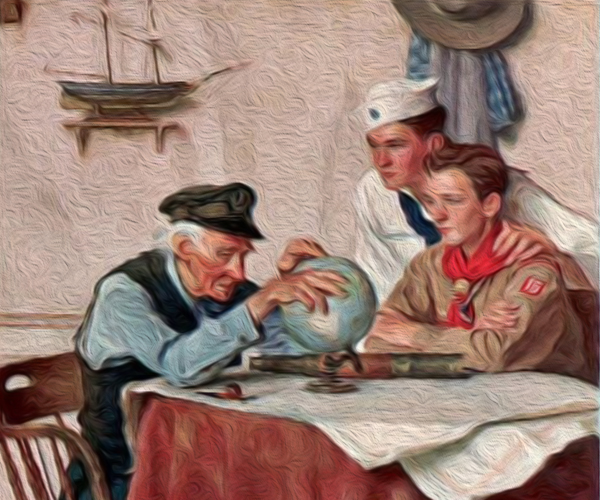
Understanding Military Terminology - Hero Safe ordnance
(DOD) Any ordnance item that is percussion initiated, sufficiently shielded or otherwise so protected that all electro-explosive devices contained by the item are immune to adverse effects (safety or reliability) when the item is employed in its expected radio frequency environments, provided that the general hazards of electromagnetic radiation to ordnance requirements defined in the hazards from electromagnetic radiation manual are observed. See also electromagnetic radiation; hazards of electromagnetic radiation to ordnance; HERO SUSCEPTIBLE ordnance; HERO UNSAFE ordnance; ordnance. Defense Technical Information Center - Joint Shipboard Helicopter and Tiltrotor Aircraft Operations (Joint Publication 3-04)
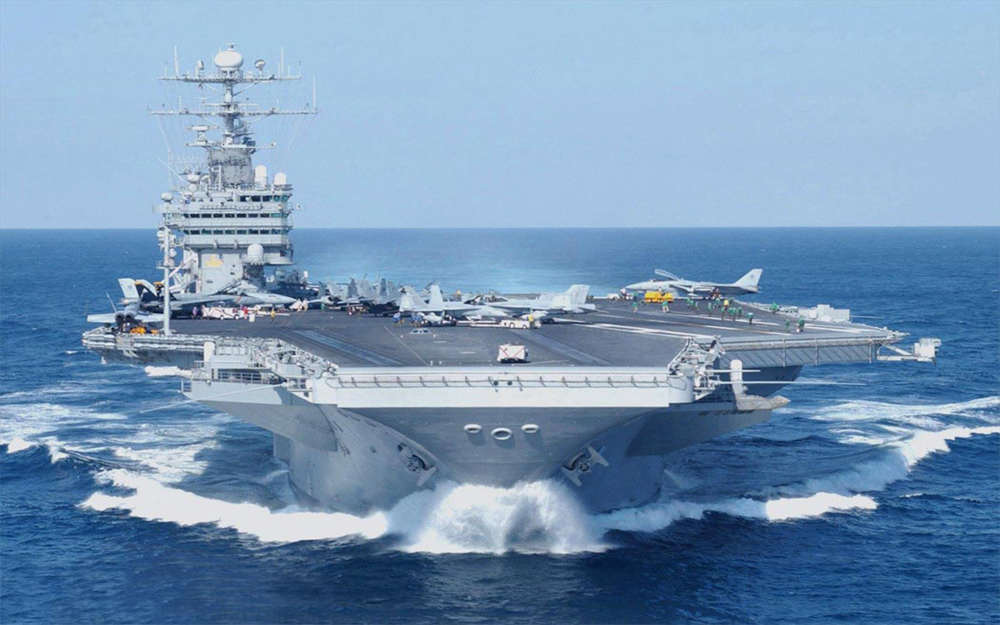
The Old Salt’s Corner
Air Wings
As mentioned earlier, the carrier air wing forms the primary offensive capability of the deployed carrier battlegroup. The air wing is a balanced force that performs a multitude of missions for the battlegroup commander. These include fleet air defense, attack and strike missions, early airborne warning, electronic warfare, SUW, USW, AW, and day-to-day logistics. The air wing is a self-contained unit with its own commanding officer and administrative support (air wing organization will be discussed in Module 6). Listed below is a typical carrier air wing (CVW). Note that it contains both fixed and variable wing aircraft of different class and capability. Actual CVW compositions may vary.
Typical Carrier Air Wing (CVW)
AC Type AC Name Mission Squadrons Planes per Squadron
F/A-18 Hornet AW/Strike 3 10-12 planes
F-14 Tomcat Air Superiority 2 10-14 planes
E-2C Hawkeye Surveillance 1 4 planes
S-3A/B Viking USW/Attack/EW 1 (detachment) 8 planes
ES-3B Viking EW Surveillance 1 2 planes
EA-6B Prowler EW 1 4 planes
SH-60 Sea Hawk USW/OTH/SAR 1 6 helicopters
C-2 Cod Cargo/Transport 1 (detachment) 2 planes

“I’m Just Sayin’”
Do vegetarians eat animal crackers?

“Thought for the Day”
“Look wise, say nothing, and grunt. Speech was given to conceal thought.”
~ Sir William Osler

“What I Have Learned”
“To steal ideas from one person is plagiarism; to steal from many is research.”
~ Steven Wright

Bizarre News (we couldn’t make up stuff this good – real news story)
RIO DE JANEIRO (AP) - According to the mayor of Rio de Janeiro, it appears that some of the 2016 Summer Olympics aquatic events will take place among floating household trash and raw sewage in Guanabara Bay (although Mayor Eduardo Paes noted to the Associated Press in March that the events are scheduled for the “cleanest part” of the Bay).
To acquire the games, organizers had promised a massive cleanup, but now, with 500 days to go, Paes conceded that the goals will not be met and that, indeed, infrastructure improvements still have not halted the sewage flow into the Bay.
AP (Associated Press (3-23-2015)
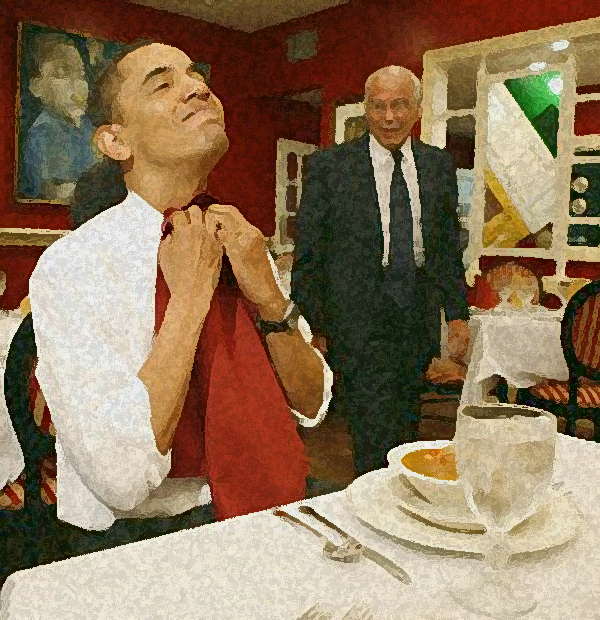
Mr. Answer Man Please Tell Us: Does the President have an official food taster?
The golden age of political poisoning has largely come and gone. As various authors on the topic have pointed out, it made for an ideal assassination method in, say, Renaissance Italy: when forensic medicine was nonexistent and food prep (even for the privileged) was unsanitary, it was pretty hard to tell what was murder and what was simply bad shellfish. Back then food tasters were defense against inadvertent poisoning as much as the deliberate kind.
Today's heads of state could be forgiven, though, for thinking poisoning might still be a risk. Figureheads seem to have let their guard down a bit — royals in the UK and imperials in Japan have reportedly been eating taster-free for some time now. But anyone with even a finger on the reins of power has to at least consider the possibility that he or she might get poisoned.
Which is why, though there may not be anyone who puts down "presidential food taster" under "occupation" on his 1040, there are definitely mechanisms in place to ensure that the U.S. president doesn't eat anything dangerous. How these mechanisms work in practice, however . . . well, the White House, as one might imagine, plays the topic exceedingly close to the vest.
What seems clear is that when the president eats somewhere other than 1600 Pennsylvania Ave., tasters — in the form of Secret Service agents or military personnel - are likely to be involved. According to a Washington Post article from July 1990, George H.W. Bush ate out at Washington restaurants a lot by presidential standards, about once a month, and when he did he brought along his own condiments, bottled water, and a taster. On at least one occasion the taster was seen to personally wash all of George and Barbara's tableware before use and subsequently monitor its whereabouts, sample the food, supervise its service, and uncork and taste the first couple's wine.
Reports from early in Bill Clinton's first term suggest inconsistent taster use: a March '93 Post account of an impromptu dinner with the Gores at a restaurant in Alexandria, Virginia, has a trio of Secret Service agents scrutinizing the preparation of Clinton's food but not actually trying any. But an “official” food taster (described as a "veteran of three presidencies") turns up in a local paper's feature on a Clinton get-together with Silicon Valley types in Los Gatos, California, a month earlier. And lest you think tasters are deployed only when the president ventures off government turf, a detachment of navy culinary specialists did the tasting (per the New York Times) at a congressional lunch held at the Capitol during George W. Bush's inaugural festivities in 2001. The presidential food safety team's responsibilities go well beyond packing up a squeeze bottle of Horsey Sauce if the POTUS indicates that he's thinking Arby's.
In his 2005 book Standing Next to History, former Secret Service agent Joseph Petro — who spent 23 years in the suit and shades - writes, "In principle nothing edible gets near the President unless we know where it comes from and who has handled it." When the president digs in at a state banquet, Petro informs us, he's eating basically the same stuff as everyone else in the room, but his helping has been prepared specially by White House stewards, who suit up to match the other servers at the event and carry his plate out themselves. For events in foreign countries, it's the same thing but more so. Petro writes: “Stewards find out what's being served at the banquet and bring the ingredients with them from the United States”.
OK, but try this one. The president (Reagan) is at a baseball game (opening day 1984, Baltimore), and his handlers decide they need a photo op of him eating a hot dog. You're the Secret Service guy. What do you do? According to Petro's account, you do the only thing you can: you pick a vendor at random, order one with mustard, and cross your fingers
Straight Dope
• Snopes
• Daily Mail
• New York Magazine
• Independent UK
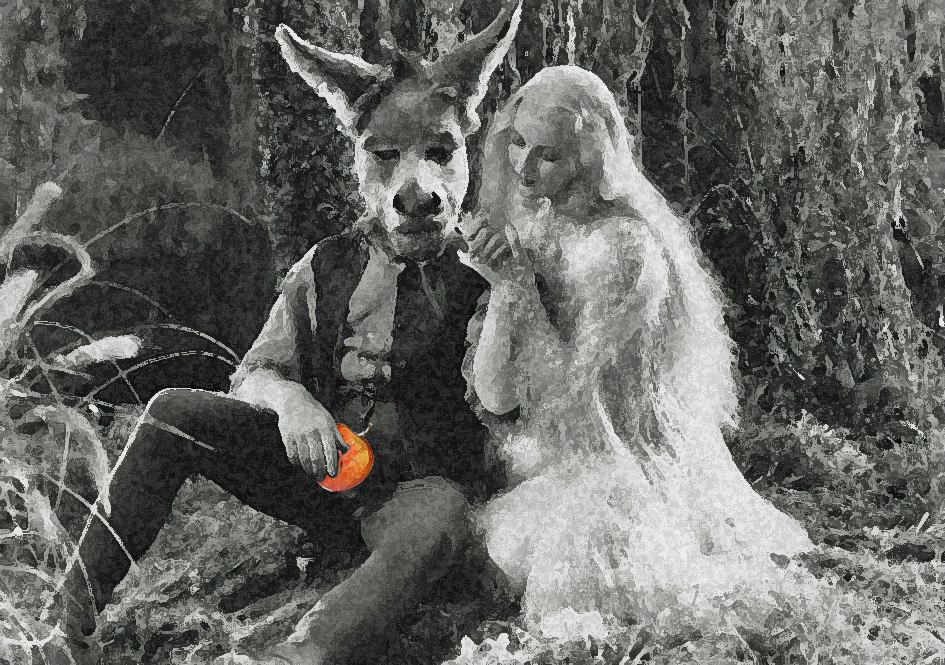
Where Did That Saying Come From?

“Apple of Your Eye:” To be “the apple of someone’s eye” means to be their “favorite”, the cherished object of their affections, and to be regarded as especially precious and dear to them. The phrase can be applied to anything, even inanimate objects, but it’s probably most frequently used in reference to a favorite child or an unrelated but fondly regarded younger person.
As English idioms go, “apple of one’s eye” is about as old as they get. It first appeared in print in the writings of King Aelfred way back in the ninth century, and crops up, in the modern sense of “cherished favorite”, in both the King James Bible (numerous times) and Shakespeare’s “A Midsummer Night’s Dream”.
But before “apple of one’s eye” was used to mean “favorite”, it was used literally, as an anatomical term. The “apple of the eye” was the pupil, the aperture at the center of the human eye. At the time the phrase came into use, the pupil was erroneously thought to be a solid, round object, and it was called the “apple” because apples were the most commonly encountered spherical objects.
Because sight has always been considered the most important of our senses, and the center of the eye is thus arguably the most valuable bit of our anatomies, “the apple of one’s eye” quickly came to be used as a metaphor for “that thing which is most precious.”.
Phrases.org UK / Wikipedia

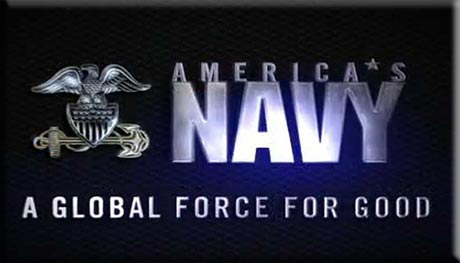
NAVSPEAK aka U.S. Navy Slang
Branch: Lowest organizational level in most naval commands. Below department and division.
Golden rivet: Folklore that every ship is built containing a single, commemorative “golden rivet”.
Hooligan Navy: WWII Navy pejorative for the Coast Guard, from its flexibility in enlisting men discharged from other services to rapidly expand for Prohibition. (Term endures within CG.)
Shitbomb: Extremely unpopular topic brought up at the end of a (usually long and boring) meeting that requires a lot of work from everyone present. The worst ones are “drive-by shitbombs”, where someone pokes their head in, “throws the shitbomb”, and leaves.
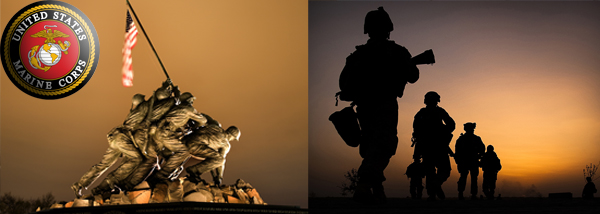
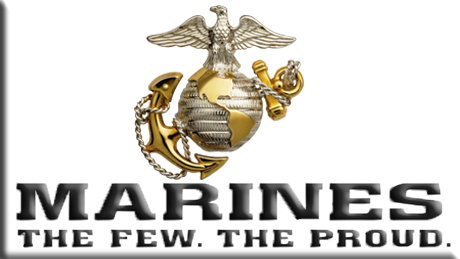
Just for you MARINE
DMZ: Demilitarized Zone. In Vietnam, a section of Vietnam between the Marines of I Corps and North Vietnam. In Korea, the line drawn at the 38th Parallel. Any point between two belligerent camps.
DO: Duty Officer. The Marine equivalent to Officer of the Day.
Doc: A term reserved for Navy enlisted medical corpsmen assigned to duty with Marine Corps combat units. These sailors are generally given the same respect that one Marine gives to another Marine. In fact, Navy corpsmen who earn service medals during duty with the Marine Corps are authorized to wear a miniature eagle, globe and anchor on their ribbon-something not even authorized for Marines.
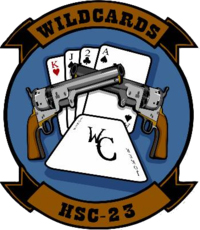
Naval Aviation Squadron Nicknames
HSC-23 - Helicopter Sea Combat Squadron 23: “Wild Cards”
NAS North Island, California

The Strange, Mysterious or Downright Weird

Funeral rituals for dead relatives is very important in Yanomami tribe (Venezuela and Brazil), the people of this tribe want to ensure peace for the souls of dead person.
When a Yanomami dies, his body is burned. The ash and bone powder is mix into a plantain soup. His people then drinks the plantain soup consisting of the dead person’s ash and bone. They believe that by ingesting the remains of a love one, his spirit will live within them forever.
Everybody must be cremated, because the Yanomami think that leaving a dead body to decay is horrifying. In addition, the soul will be unhappy if he couldn’t find a resting place in the bodies of his loved ones. A dead body must be dispose of as soon as possible, because the soul may come back and haunt the remaining ones.
Academia.edu / Broken Secrets / Wikipedia


SONG FACTS
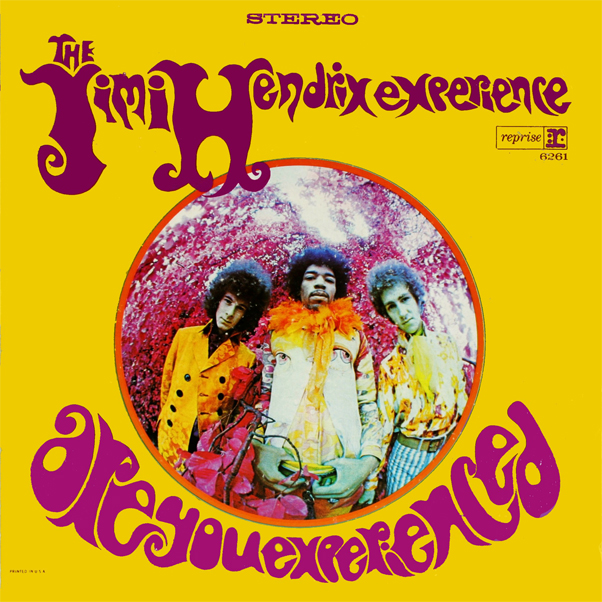
“Purple Haze” - Jimi Hendrix
Album: Are You Experienced?
Released 1967 
Hendrix claimed this was inspired by a dream where he was walking under the sea. In the dream, he said a purple haze surrounded him, engulfed him and got him lost. It was a traumatic experience, but in his dream his faith in Jesus saved him.
At one point, Hendrix wrote the chorus as “Purple Haze, Jesus Saves”, but decided against it.
Part of the lyrics were formed from some of Jimi's free verse ramblings that he jotted down from time to time.
The opening chord of two riffs then an interval of flattened fifth is the d5 or “tritone”, which has long been regarded as the “Most imperfect of dissonances” and was generally avoided in composition for that reason.
This song was written under the guidance of Hendrix' manager, ex-Animals bassist Chas Chandler. They had just released Hendrix' first single, a cover of Tim Rose's “Hey Joe”  and were looking for a follow up. Chandler was impressed when he first heard the riff, and inspired Jimi to finish writing the song.
and were looking for a follow up. Chandler was impressed when he first heard the riff, and inspired Jimi to finish writing the song.
Hendrix claimed this had nothing to do with drugs, but it's hard to believe they weren't an influence. The lyrics seem to vividly portray an acid trip, and Hendrix was doing plenty of drugs at the time.
Jimi and producer Chas Chandler used some unusual studio tricks to get the unique sound. To create the background track that sounds distant, they put a pair of headphones around a microphone and recorded it that way to get an echo effect.
Hendrix wrote the lyrics on the day after Christmas in 1966. He wrote a lot more than what made it to the song. The track was developed at a press function that he attended at East London's Upper Cut Club, run by the former boxer Billy Walker. Hendrix launched into the scorching riff in the club's compact dressing room and every head turned. “I said, write the rest of that”, said Chandler. “That's the next single!” It was premiered live on 8 January 1967, in Sheffield in the north of England.
For one of the guitar tracks, Hendrix used a device called an Octavia, which could raise or lower the guitar by a full octave.
This contains one of the most misheard lyrics ever, with “Scuse me while I kiss the sky” interpreted as “Scuse me while I kiss this guy.” Hendrix added to the confusion by sometimes singing it that way and pointing to one of his band members.
A month before Hendrix died, he opened a recording studio in Greenwich Village called Electric Lady. One of the studios is known as “Purple Haze” and contains a purple mixing board. The studios have remained active with The Clash, Weezer, Patti Smith and Alicia Keys all recording there at some point.
When the recording was sent to Hendrix's American label, a note said, “deliberate distortion, do not correct”.
The track was the penultimate song Hendrix played in concert, on September 6, 1970, days before his death.
Rolling Stone magazine (100 Greatest Guitarists: David Fricke's Picks - 1 Jimi Hendrix) / Jimi Hendrix official site / The Rock and Roll Hall of Fame / Biography / All Music / Billboard / Song Facts / Wikipedia
Image: “Are You Experienced” by Jimi Hendrix

Trivia
● Until coffee gained popularity, beer was the breakfast beverage of choice in most urban areas of the United States.
● Pretzels were invented by an Italian monk who used the treats as a bribe to get kids to memorize scripture. In fact, the criss-crossed bits are supposed to represent the folded arms of pious children in prayer.
● Jimmy Carter was the first U.S. President to be born in a hospital.

A Test for People Who Know Everything
Only one breed of dog is mentioned by name in the Bible. Name the breed.
● Answer for People Who Do Not Know Everything, or Want to Verify Their AnswerCatholic Answers
Answer to Last Week's Test
To whom did Mahatma Gandhi write for advice on diet and exercise?
Answer: Strongman Charles Atlas..The Health Site

Joke of the Day
One night at a local bar frequented by a bunch of deer hunters who were waiting for the opening day of deer season, the local sheriff scoped out the joint for possible drunk drivers.
As he waited, eventually a patron stumbled out of the bar, fumbled for his keys, tried them in three different cars until he finally found his, got inside and rested his head on the steering wheel. The deputy knew he had his drunk driver, so now all he had to do was wait for him to start his engine and pull out of the lot.
A few hours passed by and most of the other deer hunters had left by then, when the patron abruptly lifted his head, cranked the car up and drove out of the lot like a bat out of hell. The deputy followed him and stopped him promptly. He administered the breath-o-lizer test and it read 0.00.
Confused, the deputy asked the driver what the hell was going on. The driver looked at him innocently and said, “Well, tonight I'm the designated decoy.”
























